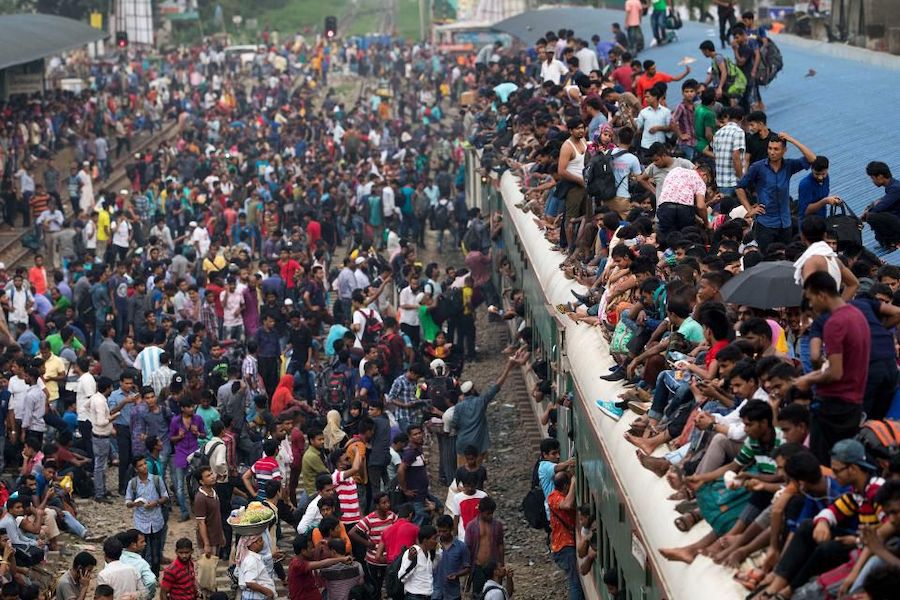The environmental changes being driven by climate change are disturbing natural habitats and species in ways that are still only becoming clear. There are signs that rising temperatures are affecting biodiversity while changing rainfall patterns, extreme weather events, and ocean acidification are putting pressure on species already threatened by other human activities.
Climate change is happening because of man. Scientists often debate on climate change: is birth control the answer? It is estimated that approximately 44% of pregnancies around the world (currently around 60 million each year) are either unplanned or unwanted.

The threat posed by climate change to biodiversity is expected to increase, yet thriving ecosystems also have the capacity to help reduce the impacts of climate change.
Rising global temperatures also have the potential to alter ecosystems over longer periods by changing what can grow and live within them. There is already evidence to suggest that reductions in water vapor in the atmosphere since the 1990s have resulted in 59% of vegetated areas showing pronounced browning and reduced growth rates worldwide.
Rising temperatures in the oceans affect marine organisms. Corals are particularly vulnerable to rising temperatures and ocean acidification can make it harder for shellfish and corals in the upper ocean to form shells and hard skeletons. We have also seen changes in the occurrence of marine algae blooms.
Despite the threats posed by climate change to biodiversity, we also know that natural habitats play an important role in regulating climate and can help to absorb and store carbon.
Mangroves are significant sinks for carbon and the Amazon is one of the most biologically diverse places on the planet and is an enormous store of carbon – up to 100 billion tons, although a recent study has suggested the Amazon may now be emitting more carbon than it absorbs.
Safeguarding these natural carbon sinks from further damage is an important part of limiting climate change.